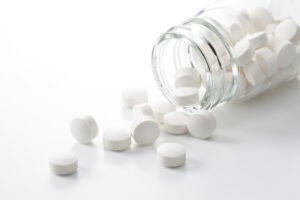 In June 2019, online pharmacy Valisure discovered N-nitrosodimethylamine (NDMA), a cancer-causing substance, in samples of Zantac. The company alerted the U.S. Food and Drug Administration (FDA) to the problem and sent a Citizen’s Petition calling for the recall of all affected lots.
In June 2019, online pharmacy Valisure discovered N-nitrosodimethylamine (NDMA), a cancer-causing substance, in samples of Zantac. The company alerted the U.S. Food and Drug Administration (FDA) to the problem and sent a Citizen’s Petition calling for the recall of all affected lots.
Plaintiffs who have filed Zantac (ranitidine) lawsuits, however, claim that the drug manufacturers were aware long before 2019 that their products could be contaminated with NDMA.
Scientific Studies Suggest Ranitidine Can Produce NDMA
Plaintiffs allege that the manufacturers should have warned about the potential for NDMA to exist in the drug much earlier because scientific studies indicated that ranitidine could breakdown and form NDMA.
In 2011, for instance, researchers found that, out of eight pharmaceuticals observed, “ranitidine showed the strongest potential to form N-nitrosodimethylamine (NDMA)” when present in drinking water during chloramine disinfection.
A 2014 scientific article examining the formation of NDMA also acknowledged the dangers posed by ranitidine, with the authors writing that ranitidine and two other pharmaceuticals had “recently caused much concern because they are potent NDMA precursors.”
Again in 2016, scientists reported that ranitidine produced NDMA in a laboratory setting simulating human digestion. During the 24 hours following ranitidine intake, the quantity of NDMA excreted in patients’ urine increase 400-fold from 110 to 47,600 ng.
“Our results suggest a need to evaluate the risks attributable to NDMA associated with chronic consumption of ranitidine,” the researchers wrote, “and to identify alternative treatments that minimize exposure to N-nitrosamines.”
Despite these and other studies indicating potential dangers, the manufacturers continued advertising Zantac and generic ranitidine as safe and refused to take any action to protect the public. It wasn’t until September 2019, when the FDA warned that NDMA had been detected at unsafe levels in samples of Zantac, that manufacturers finally began to implement some recalls of the affected medications.
A Brief History of Zantac
Zantac was originally developed by Glaxo—now GlaxoSmithKline—and approved for prescription use by the FDA in 1983. It belongs to a class of drugs called histamine H2-receptor antagonists (or H2 blockers) that decrease the amount of acid the stomach produces. It’s used to treat gastric ulcers, acid indigestion, and sour stomach, along with other digestive ailments and conditions.
Glaxo’s marketing strategy resulted in $1 billion in total sales by December 1986. In 1996, the drug was approved for over-the-counter use, and generic versions became available the following year. Zantac sales, however, have remained strong, as it was one of the top 10 antacid tablet brands as recently as 2018.
Meanwhile, the drug changed hands multiple times. In 2006, Boehringer acquired the U.S. rights to over-the-counter Zantac and sold it from about 2007 to 2016. Then Sanofi took over and has been manufacturing and selling the drug ever since.
In April 2020, after independent tests showed NDMA increased in Zantac and ranitidine over time and with exposure to heat, the FDA requested the recall of all ranitidine drugs from the market.


